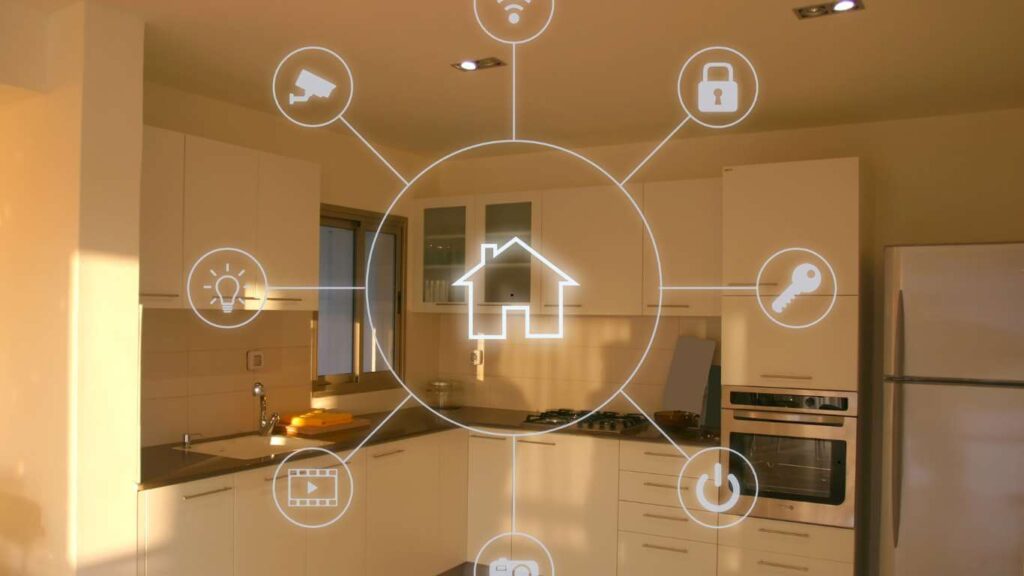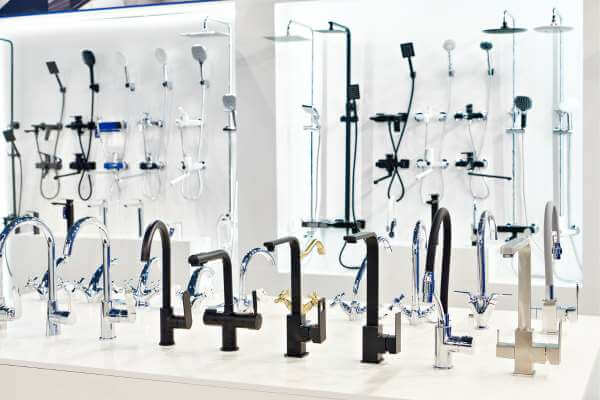Gluten free baking in modern kitchen is a way of making delicious and nutritious baked goods without using wheat, barley, rye, or any other gluten-containing ingredients. Gluten is a protein that can cause digestive problems, allergic reactions, or autoimmune diseases for some people, such as those with celiac disease, gluten intolerance, or gluten sensitivity. For these people, gluten-free baking is not only a choice but a necessity.
However, gluten-free baking is not only for those who have to avoid gluten. It can also be a fun and creative way of exploring new flavors, textures, and ingredients. Gluten-free baking can also be beneficial for those who want to reduce their gluten intake, increase their fiber intake, or diversify their diet.
With the growing popularity and awareness of gluten-free baking, there are more and more options and resources available for gluten-free bakers. Modern kitchens are equipped with tools and appliances that can make gluten-free baking easier and faster. There are also many gluten-free flours, mixes, and products that can be found in supermarkets, health food stores, or online. There are also many gluten-free recipes, books, blogs, and websites that can provide inspiration and guidance for gluten-free baking.
In this article, we will share some tips and tricks on how to succeed in gluten free baking in modern kitchen.
Tips and Tricks for Gluten Free Baking in Modern Kitchen

Use a scale
One of the most important tools for gluten free baking is a digital scale. Unlike wheat flour, gluten free flours have different densities and weights, so measuring them by volume can be inaccurate and inconsistent. Using a scale can ensure precise and reliable measurements, and also save time and mess. Most gluten-free recipes provide the weight of the ingredients in grams or ounces, so you can easily follow them with a scale.
Use a stand mixer
Another useful tool for gluten-free baking is a stand mixer. Gluten free batters and doughs tend to be thicker and stickier than wheat-based ones, so mixing them by hand can be difficult and tiring. A stand mixer can do the work for you, and also help develop the structure and elasticity of the gluten free baked goods. Most stand mixers have different attachments, such as a paddle, a whisk, or a dough hook, that can be used for different types of gluten-free batters and doughs.
Use xanthan gum or guar gum
One of the main challenges of gluten free baking is to replace the binding and rising properties of gluten. Gluten helps hold the ingredients together, trap the air bubbles, and create a light and fluffy texture. Without gluten, gluten free baked goods can be crumbly, dense, or dry. To prevent this, you can use xanthan gum or guar gum, which are natural thickeners and stabilizers that can mimic the effects of gluten. You only need a small amount of xanthan gum or guar gum, usually about a teaspoon per cup of gluten free flour, to improve the texture and appearance of your gluten free baked goods.
Use a variety of gluten free flours
There is no single gluten free flour that can replace wheat flour in every recipe. Each gluten free flour has its characteristics, such as flavor, color, nutrition, and performance. Therefore, it is best to use a blend of different gluten free flours to achieve the best results. You can either make your gluten free flour blend, or use a ready-made gluten free flour mix. There are many types of gluten free flours, such as rice flour, oat flour, almond flour, coconut flour, sorghum flour, millet flour, buckwheat flour, quinoa flour, and more. Each one has its benefits and drawbacks, so you can experiment and find the ones that suit your taste and needs.
Use baking powder or baking soda
Another way to help your gluten free baked goods rise and be fluffy is to use baking powder or baking soda, which are chemical leaveners that produce carbon dioxide when mixed with liquid or heat. Baking powder and baking soda can also help balance the acidity and alkalinity of the gluten free batter or dough, which can affect the flavor and color of the final product. Baking powder and baking soda have different strengths and reactions, so you should follow the recipe instructions carefully and not substitute one for the other.
Use eggs or egg replacers
Eggs are another common ingredient in gluten free baking, as they can provide moisture, structure, leavening, and flavor to the gluten free baked goods. Eggs can also help bind the ingredients together and prevent them from falling apart. However, if you are vegan, allergic, or intolerant to eggs, you can use egg replacers, such as flax seeds, chia seeds, applesauce, bananas, or commercial egg substitutes. These egg replacers can also provide some of the benefits of eggs, but they may not work the same way in every recipe. You may need to adjust the amount, the liquid, or the baking time of the recipe when using egg replacers.
Use parchment paper or silicone mats
Gluten free baked goods tend to stick more to the baking pans or sheets than wheat-based ones, so it is important to grease them well or line them with parchment paper or silicone mats. Parchment paper and silicone mats can prevent the gluten free baked goods from sticking or burning, and also make the cleanup easier. You can also reuse them for multiple batches of baking.
Use an oven thermometer and a timer
Gluten free baking can be more sensitive and unpredictable than wheat-based baking, so it is essential to monitor the temperature and the time of the baking process. An oven thermometer can help you check the accuracy and consistency of your oven temperature, as some ovens may run hotter or colder than the dial indicates. A timer can help you keep track of the baking time, as some gluten free baked goods may bake faster or slower than the recipe suggests. You can also use a toothpick, a skewer, or a cake tester to check the doneness of your gluten free baked goods, as they should come out clean or with a few moist crumbs.
Let the gluten free baked goods cool completely
One of the final and most important steps of gluten free baking is to let the gluten free baked goods cool completely before slicing, serving, or storing them. Gluten free baked goods are more fragile and delicate than wheat-based ones, so they need time to set and firm up after baking. If you cut or handle them while they are still hot or warm, they may crumble, break, or collapse. You should let the gluten free baked goods cool on a wire rack for at least 10 to 15 minutes, or longer for larger or denser items, such as breads or cakes.
Conclusion

Gluten free baking can be a rewarding and enjoyable experience for anyone who loves baking and eating delicious and nutritious baked goods. With the help of modern tools, products, and resources, gluten free baking can be easier and faster than ever. By following these tips and tricks, you can succeed in gluten free baking in modern kitchen.


 Hi, my name is Debra Klein and I love modern kitchen designs! As a product reviewer, it’s my mission to help homeowners choose the right modern kitchen accessories for their homes. I want to give them the best solution possible so they can make the best decision for their needs. Thanks for reading!
Hi, my name is Debra Klein and I love modern kitchen designs! As a product reviewer, it’s my mission to help homeowners choose the right modern kitchen accessories for their homes. I want to give them the best solution possible so they can make the best decision for their needs. Thanks for reading!




